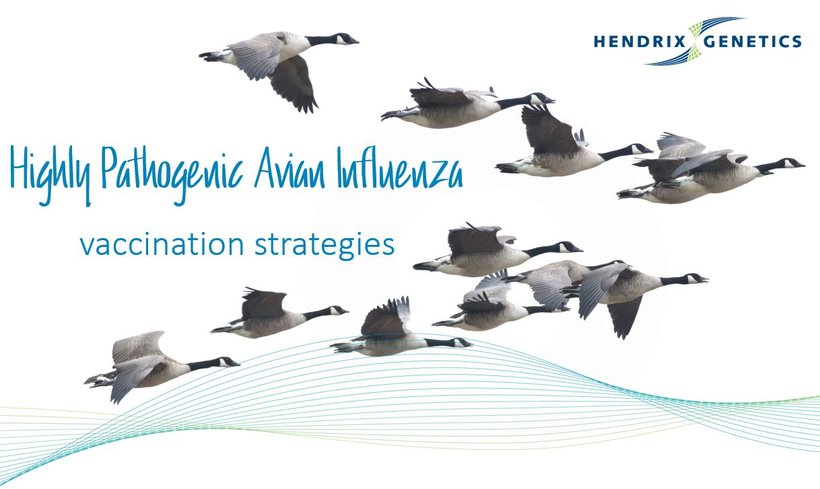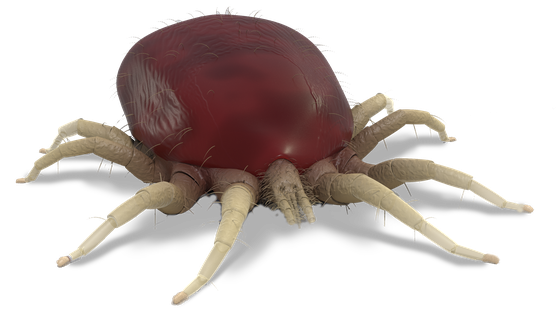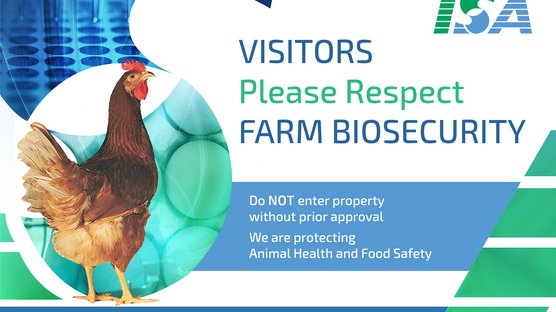
Published on Nov. 1, 2022
Vaccination Strategies to prevent and control Highly Pathogenic Avian Influenza, Removing unnecessary barriers for usage
Since October 2020, H5Nx 2.3.4.4b lineage of HPAI has spread across Europe, Middle East, Africa and Asia and is a threat to spread into North America. The uncontrolled spread of these viruses through wild aquatic bird migration is of utmost concern and ongoing climate changes contribute to a wider seasonal migration pattern. In addition, the keeping of poultry in free range systems has reduced physical separation of poultry and wild birds increasing risk of HPAI introduction into poultry. Thus, maintaining avian influenza freedom in poultry and preventing zoonotic infections are an increase challenge.
On the 25th and 26th of October, the World Organization Animal Health (WOAH), hosted an international conference on Avian Influenza. The event was organized by the International Alliance for Biological Standardization (IABS). It gathered more than 200 attendees, who came from all over the world. Some of the professions represented included Scientists, Veterinarians, Vaccine Producers, and Chief Veterinary Officers (CVOs).
The main objective for this conference was to share information on the different types of vaccine characteristics, and on the different strategies for vaccination. We received encouraging information that vaccines should be a good tool in controlling Avian Influenza, when combined with good biosecurity and monitoring.
Vaccination can be a useful tool for prevention and control, but its use is prohibited or severely restricted in many countries worldwide. Wider use of avian influenza vaccination would increase sustainable poultry production, improve animal welfare, reduce economic damage, reduce human infections, and contribute to consumers and animal welfare acceptance of control programs.
A harmonized vaccination strategy with updated vaccine strains and innovative vaccine technologies, combined with appropriate diagnostics, surveillance, and disease management, can offer a better approach than stamping-out alone. This workshop was intended to discuss how to reduce barriers for broader use of vaccination in highly pathogenic avian influenza prevention and control strategy.
The workshop was an open-discussion forum with participation by a wide variety of stakeholders (WOAH, WHO, OFFLU, FAO, WTO, governments, breeding companies, animal welfare, human health, consumers, retailers, scientists, etc)..The conference also addressed Avian Influenza’s influences from a business perspective. Vaccinations should only occur when exporting countries would not be banned for business by countries that oppose vaccinations… Having more than 80 CVO’s attending this meeting was for sure a good signal on the commitment to find a solution. Still, convincing importing countries that there is no risk, especially with looming political issues will take time and energy.



